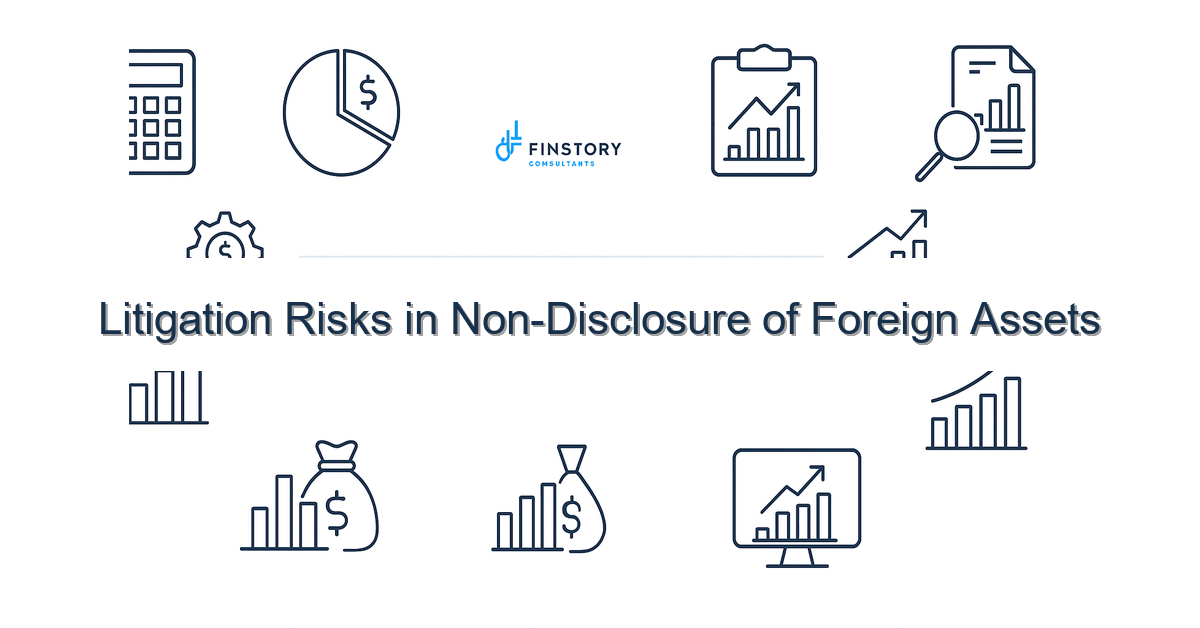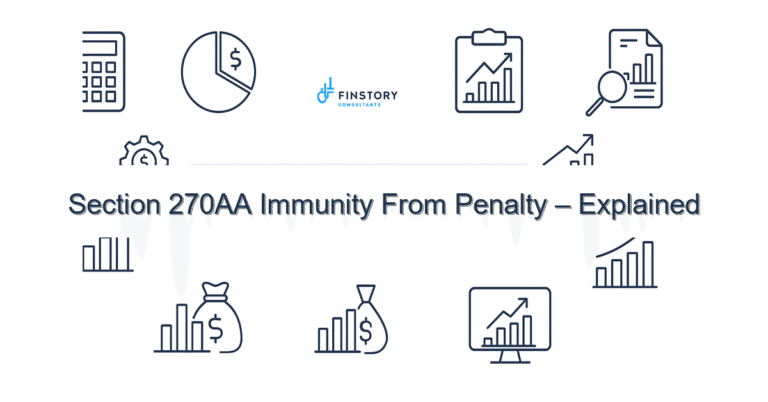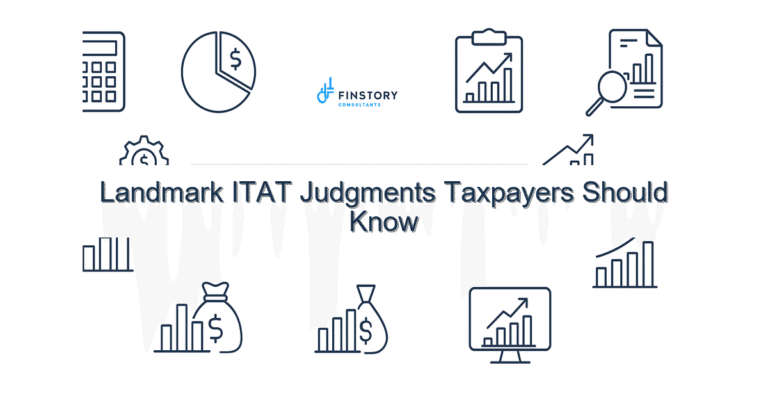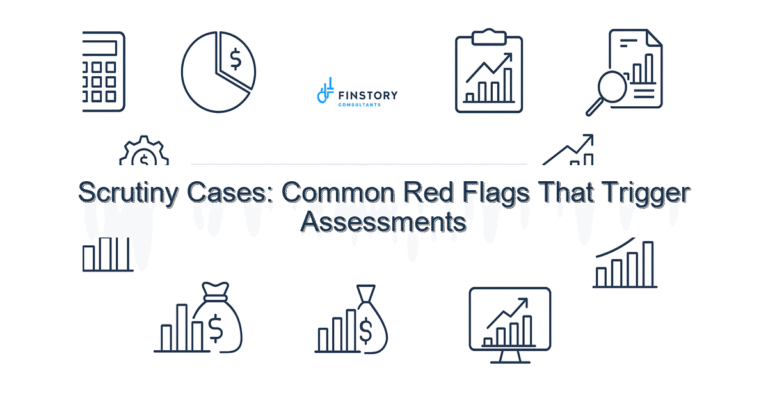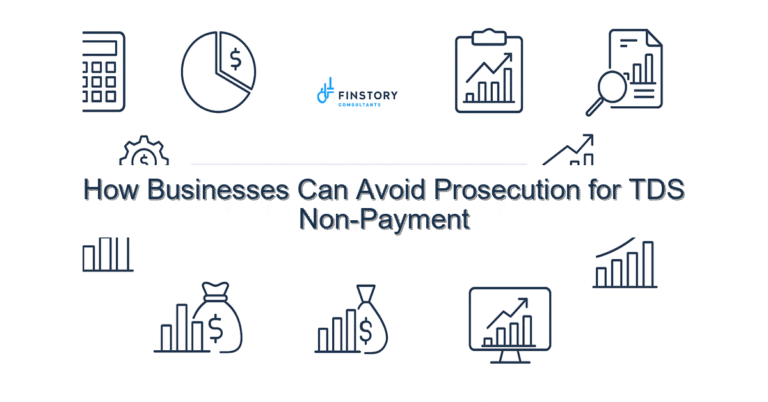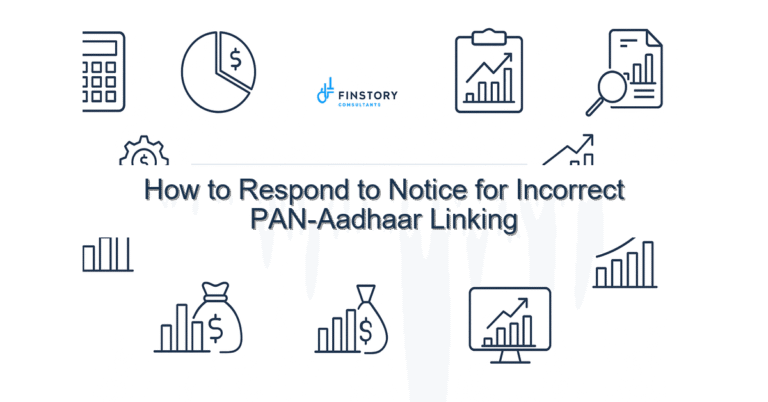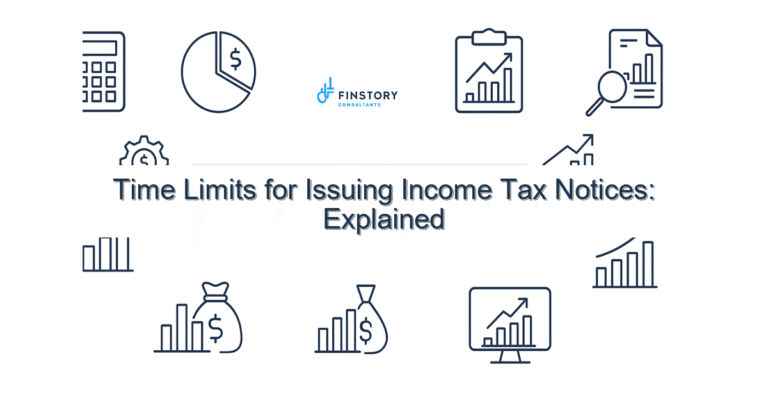Litigation Risks in Non-Disclosure of Foreign Assets
Feeling anxious about a dormant bank account, an inherited property abroad, or crypto on a foreign exchange? You’re not alone—many Indian taxpayers worry about the legal implications of foreign assets and what a single oversight can trigger with tax authorities.
Summary: Non-disclosure of foreign assets can lead to notices, penalties, prosecution, and blocked refunds under income tax india rules. Prompt review, voluntary disclosure where appropriate, accurate ITRs and documentary support reduce litigation risk and help you stay compliant.
What’s the real problem in India?
Indian tax law requires residents to disclose global income and report certain foreign assets. The Income-tax Department, CBDT and other enforcement wings increasingly use data-sharing, AIS/26AS, and international treaties to detect mismatches. Complexities with AY/PY designations, amended returns, and strict timelines add to the risk.
- Symptoms: sudden tax notices or mismatched TDS/TCS entries between AIS/26AS and your ITR.
- Symptoms: unexplained foreign remittances flagged by the bank or OCR matches from exchanges.
- Symptoms: fear of prosecution or surprise demand notices years later under CBDT timelines.
What people get wrong
Taxpayers — salaried individuals, professionals, founders and MSMEs — often assume small foreign exposures are harmless. Common mistakes include:
- Thinking bank interest or small rental income abroad need not be reported if ‘not repatriated’.
- Failing to link form 26AS/AIS entries with ITR disclosures, especially for TDS/TCS on foreign payments.
- Using aggressive tax positions without documentation, assuming voluntary disclosures are worse than silence.
- Missing the ITR filing last date or forgetting to declare foreign assets when switching between new vs old regime slabs for domestic tax planning.
A better approach
Think of compliance as prevention, not a panic after a notice arrives. Use a simple framework to reduce litigation probability.
- Identify & quantify: List all foreign assets (bank accounts, securities, immovable property, crypto). Include values in the correct AY/PY.
- Match & reconcile: Cross-check AIS/26AS entries, TDS/TCS receipts, and any Form 67 or declarations for foreign taxes paid.
- Document & justify: Keep source documents — purchase agreements, inheritance proof, foreign tax certificates, bank statements and FX conversion evidence.
- Disclose appropriately: File accurate ITRs, consider revised returns if within limits, and evaluate voluntary disclosure schemes where available.
- Get professional help: Early consultation can often avoid penalties and litigation.
Real-world example: A Bengaluru founder had unreported earnings from consulting billed via a US LLC. Reconciliation with AIS/26AS and voluntary disclosure corrected 3 years of ITRs; penalties were limited and a long notice was avoided.
Quick implementation checklist
- Make a complete list of foreign assets and income this week (accounts, dividends, rent, crypto on foreign exchanges).
- Pull AIS/26AS and compare with bank statements and brokerage reports.
- Check e-filing portal for past ITRs and any pending notices; note the ITR filing last date for current AY/PY.
- Gather supporting docs: bank statements, tax paid abroad certificates, sale/purchase deeds, FX conversion records.
- Review whether foreign tax credit can be claimed to avoid double taxation (attach Form 67 where required).
- If discrepancy found, prepare a revised ITR or a voluntary disclosure and seek professional advice before filing.
- Ensure TDS/TCS on cross-border payments is correctly reflected and claimed—track TDS/TCS entries.
- Check if you’re better off in the new vs old regime slabs for domestic tax planning; consider Section 80C limit and other deductions if applicable.
- Document the decision-making trail and keep records for at least 8 years to meet CBDT timelines.
- Schedule a 20-minute consult with an expert to review complex cases and consider representation if there’s an open dispute.
What success looks like
- Fewer or no demand notices from the tax department; quicker closure of any pending queries.
- Reduced penalties — in many cases limited to interest rather than prosecution after voluntary compliance.
- Faster processing of refunds and smoother ITR processing via the e-filing portal.
- Clear reconciliation between AIS/26AS and your ITR, eliminating mismatches on TDS/TCS.
- Confidence in audits: documentary evidence (bank statements, receipts, invoices) supporting foreign income positions.
Risks & how to manage them
Risk: Penalties, prosecution and attachment of assets for wilful non-disclosure. Manage by early disclosure and documented rationale. Risk: Double taxation. Manage by claiming foreign tax credit and using DTAA provisions where applicable. Risk: Long-drawn litigation. Manage by using alternate dispute resolution or settlement schemes when appropriate.
Tools & data
Use these India-specific tools to reduce errors and prove compliance:
- AIS/26AS — reconcile all TDS/TCS and tax deposited against your PAN.
- E-filing portal — file, revise returns and view notices; track correspondence with CBDT.
- TDS/TCS tracking tools and recon software — many bookkeeping tools integrate TDS entries for MSMEs and professionals.
- Bank and brokerage statements with FX conversion notes — essential for capital gains indexation calculations when foreign assets are sold.
FAQs
Q: Do I need to declare a dormant foreign bank account?
A: Yes. Resident taxpayers must disclose all foreign assets and global income in their ITR. Even zero-balance accounts or dormant accounts should be reported per e-filing portal guidance.
Q: Can I revise past ITRs if I missed reporting foreign income?
A: You can file a revised return within the statutory window. If the time limit has lapsed, professional advice is essential—voluntary disclosure or seeking rectification routes may help avoid punitive action.
Q: Will claiming foreign tax credit prevent notices?
A: Claiming foreign tax credit reduces double taxation but won’t prevent notices if disclosures are inconsistent. Reconcile AIS/26AS and attach required proofs (Form 67) where necessary.
Q: How does capital gains indexation work for foreign assets?
A: If taxability arises in India, capital gains indexation applies based on the cost in INR converted via prescribed conversion rates. Keep purchase and sale proofs and consult for accurate calculations.
Next steps
If you have any foreign asset exposure—however small—start with a document review. We can help reconcile AIS/26AS, evaluate TDS/TCS entries, prepare revised returns or represent you if the CBDT has issued a notice. For immediate help, check our resources like [link:ITR guide] and [link:tax-saving tips].
Work with Finstory. Speak with an Expert for a personalised plan to reduce your tax outgo and stay compliant. Book a free 20-min consultation.
📞 Need help with Income Tax in India?
Book a 20-min consultation with our tax team. Individuals, founders & MSMEs welcome.
Prefer email or phone? Write to info@finstory.net
or call +91 44-45811170.
